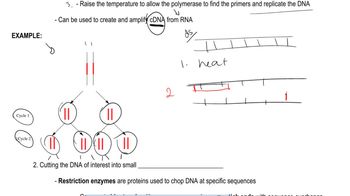Using DNA sequencing on a cloned DNA segment, you recover the nucleotide sequence shown below. Does this segment contain a palindromic recognition sequence for a restriction enzyme? If so, what is the double-stranded sequence of the palindrome, and what enzyme would cut at this sequence?
CAGTATGGATCCCAT






